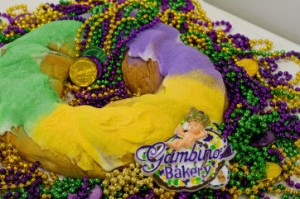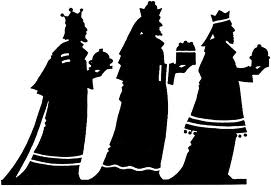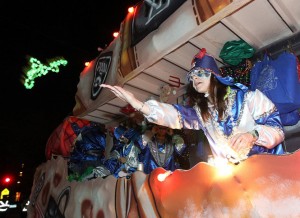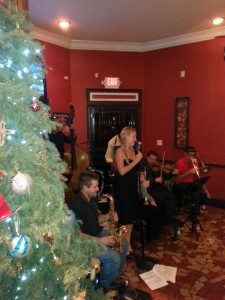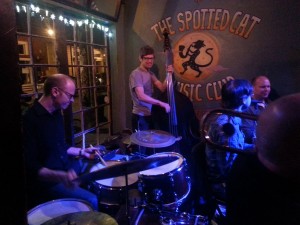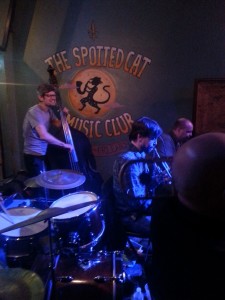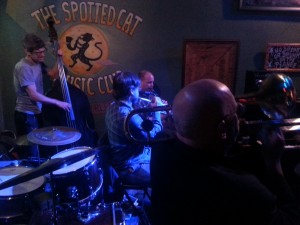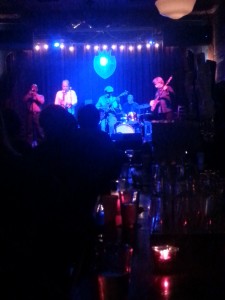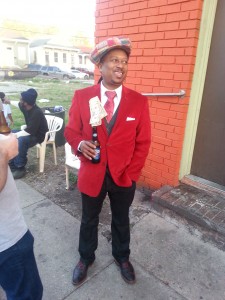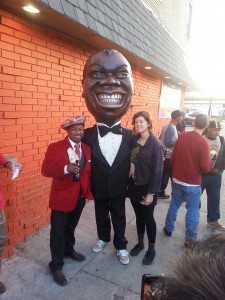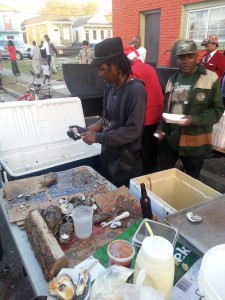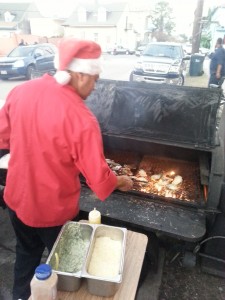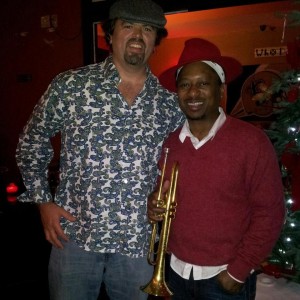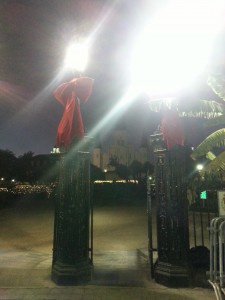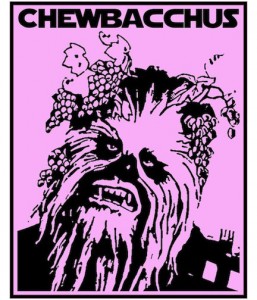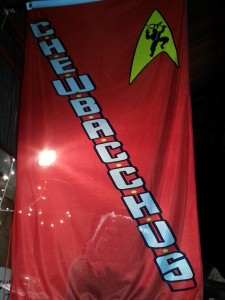ANOTHER TASTY SLICE OF NEW ORLEANS KITCHEN CULTURE
Liquor
by Poppy Z. Brite
For a previous Read Beans On Monday I reviewed Prime by Poppy Z. Brite, the second in a line of books detailing kitchen culture in New Orleans restaurants. Having picked up that book at random (it was the only one checked-in at the library), I found it a fascinating read and commented that I couldn’t wait to go back and read its predecessor: Liquor. I’m glad to announce this week that, if anything, Liquor is a superior prequel to the fascinating Prime.
The strength of Prime was its glimpse into the lives of those who work behind the scenes to keep the ever-present party in New Orleans alive, yet, being the second in this series, Brite felt the need to add a little of a mystery to the mix to keep the plot moving. Although intriguing and well constructed, I’m not a big fan of climatic brawls and/or gunfights that often work in movies but usually let me down in literature. Liquor, however, focuses on the process of the two protagonists, Rickey and G-man, working with a wealthy celebrity chef who’s taken an interest in them (an Emeril by any other name, I’d venture to speculate) and decides to invest in/assist them open an upscale restaurant called Liquor where the namesake is an ingredient in every dish.
Sometimes Rickey and G-man’s path to success seems a bit too fortuitous even though Brite tosses many obstacles in their path to push the narrative along, and the guidance of their benefactor take an uncomfortably dark turn near the end, but a few minor flaws in no way dampen my overwhelming enthusiasm for this tale. Plenty has been written about the extravagance and indulgence of the New Orleans upper crust, yet all of this revelry rides upon the backs of the cooks, servers, and musicians (and writer?! Lol) that barely make a living wage. Thus, Brite’s peek behind the swinging doors of those opulent dining rooms is priceless. I’ve never read Dinner at Antoine’s, but I’ve gobbled up Brite’s tomes on gastronomic goings-on like steaming plates of Oysters Rockefeller. I always was more a Grapes of Wrath than Great Gatsby guy, anyhow. The tribulations of the people interest me much more than the malaise of the privileged.
I can’t attest to how well Brite’s Rickey and G-man series will stand the test of time. The language isn’t poetically seductive nor the themes complexly intertwined. Brite‘s prose is, however, compulsively readable without feeling simplistic or spoon-fed, and the portrait he paints is vividly planted in the here & now. I don’t know what more I can say about these books. They may not be the best New Orleans novels I’ve read, but with their glimpse at the gears that keep this eternal party rolling, they strike me as perhaps the most New Orleans.

